September 26 is America's National "Shamu the Whale" Day. Though it is a day honoring a famous whale, people hope they don't see Shamu performing anymore.
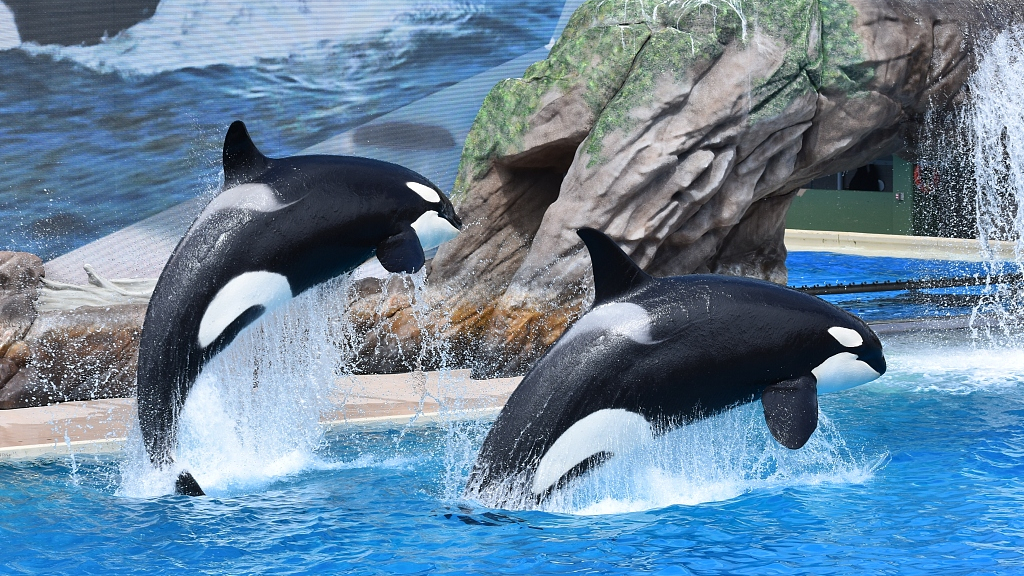
The orca show in an aquarium. /VCG Photo
The orca show in an aquarium. /VCG Photo
Shamu was a killer whale, or orca, who lived in the SeaWorld San Diego in the mid/late 1960s in America. She was the fourth orca ever captured, but the first known intentional live capture of a healthy one. Shamu appeared in many shows in the SeaWorld. She was caught in October 1965 and died in August, 1971 after about six years performances.
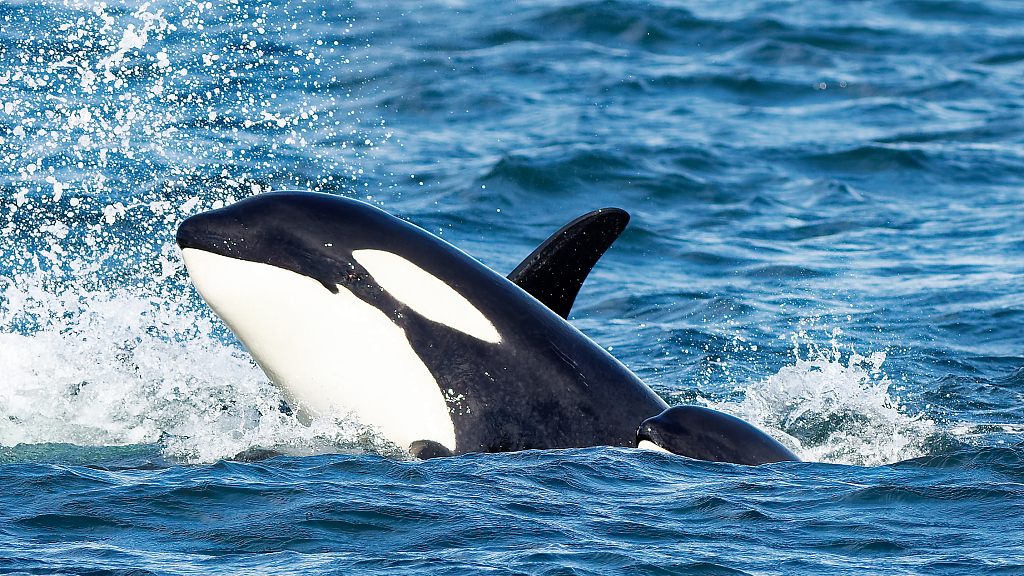
As of September, 2016, there were 56 orcas in captivity worldwide, 33 of which were captive-born. As of January 2019 there were 19 live orcas in Seaworld parks. /VCG Photo
As of September, 2016, there were 56 orcas in captivity worldwide, 33 of which were captive-born. As of January 2019 there were 19 live orcas in Seaworld parks. /VCG Photo
The first Shamu had an incident in a performance in 1971. A SeaWorld employee was trying to ride her as part of a show, and Shamu bit her legs and hips. The orca refused to release the employee until other workers pried her jaws apart with a pole.
Before the accident, Shamu was very upset, and she had previously attacked people with swimming suits.
Shamu died four months later.
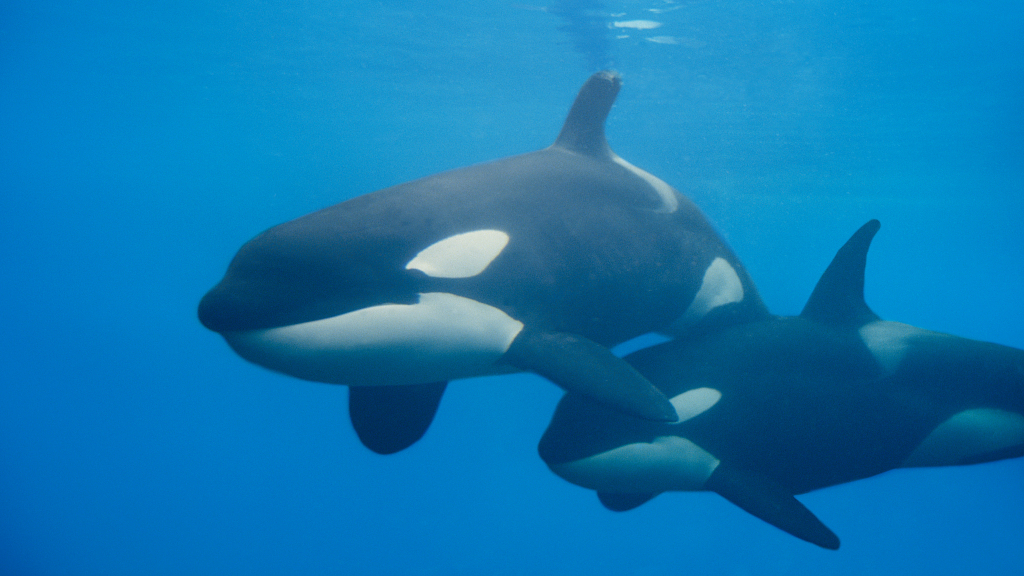
The dorsal fin can be a sign of an orca's health condition. An unhealthy orca's dorsal fin may collapse. The dorsal fin collapse seen in 60–90% of captive males. /VCG Photo
The dorsal fin can be a sign of an orca's health condition. An unhealthy orca's dorsal fin may collapse. The dorsal fin collapse seen in 60–90% of captive males. /VCG Photo
Shamu is still performing
After the first Shamu's death, the name Shamu continued to be used in SeaWorld "Shamu" shows for different orcas in different SeaWorld parks. Incidents happened multiple times in 1984, 1987, 1999, 2004, 2005, 2006 and 2010. In the last accident in 2010, an experienced trainer was drowned and dead in a performance "Dine With Shamu", in front of dozens of audiences' eyes.

A 2013 documentary "Blackfish" revealed the controversy over captive orcas. /VCG Photo
A 2013 documentary "Blackfish" revealed the controversy over captive orcas. /VCG Photo
In 2013, the documentary "Blackfish" was released. It told stories about orcas in SeaWorld's possession, and the controversy over captive orcas. The main role, Tilikum, was an orca involved in the death of three people. The documentary reported that orcas experience extreme stress in captivity, or when they are forced to separate with their babies in sea parks. Though the SeaWorld company claimed the film was inaccurate and misleading, it suffered a 15.9 million dollar loss and a decline in overall attendance.
In November 2015, SeaWorld announced plans to end orca shows at its theme park in San Diego. In March 2016, SeaWorld announced it would end its orca breeding program and begin to phase out all live performances using orcas, making their current orcas "the last generation of orcas in SeaWorld's care."
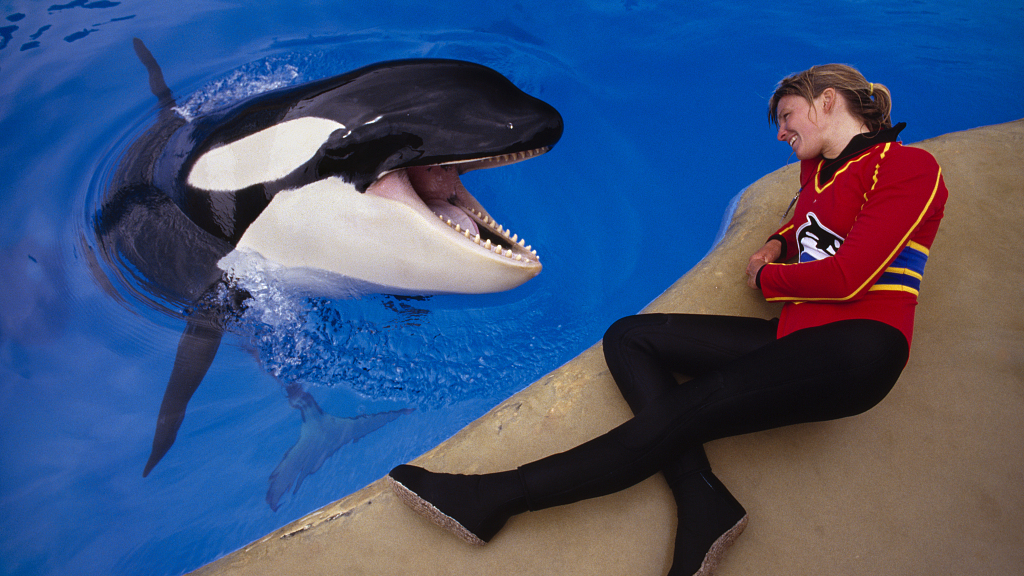
Orcas living in aquariums may not be as happy as they look. /VCG Photo
Orcas living in aquariums may not be as happy as they look. /VCG Photo
As the largest extant member in the dolphin family, the orca is an apex predator; meaning itself has no natural predators. Records show that it could even feed on great white sharks and other whales. Human is the top killer's only threat. Due to "data deficiency" as IUCN describes it's hard to assess the orca situation, but some local populations are considered threatened or endangered due to prey depletion, habitat loss, pollution, capture for marine parks, and conflicts with fisheries.
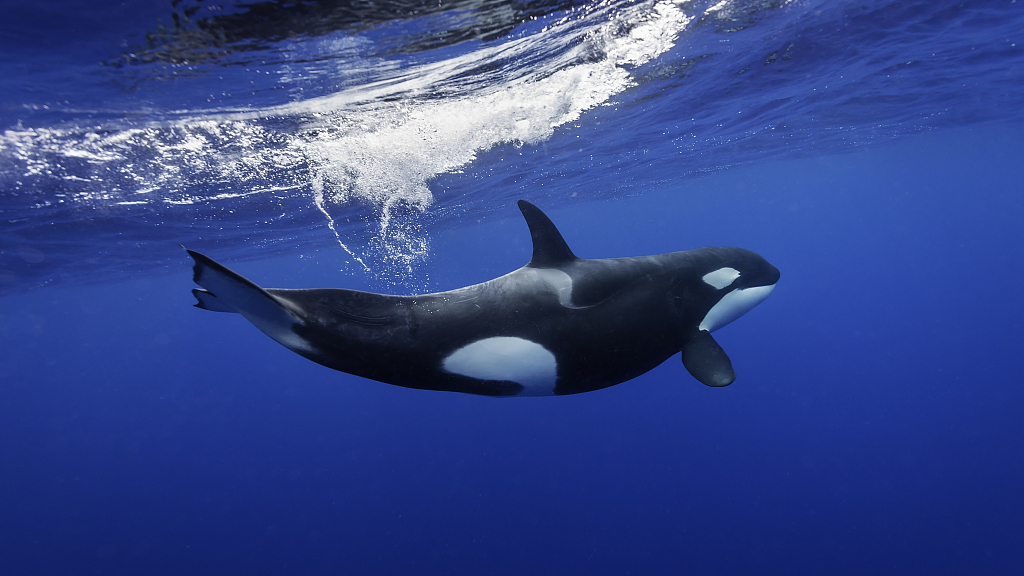
Records show that the killer whale never kills a person in the wild. /VCG Photo
Records show that the killer whale never kills a person in the wild. /VCG Photo
Despite the name "killer whale," it is not considered as a threat to humans in the wild. Of the very few confirmed attacks on humans by wild killer whales, none have been fatal. However, captive orcas have made nearly two dozen attacks on humans since the 1970s, some of which have been fatal.
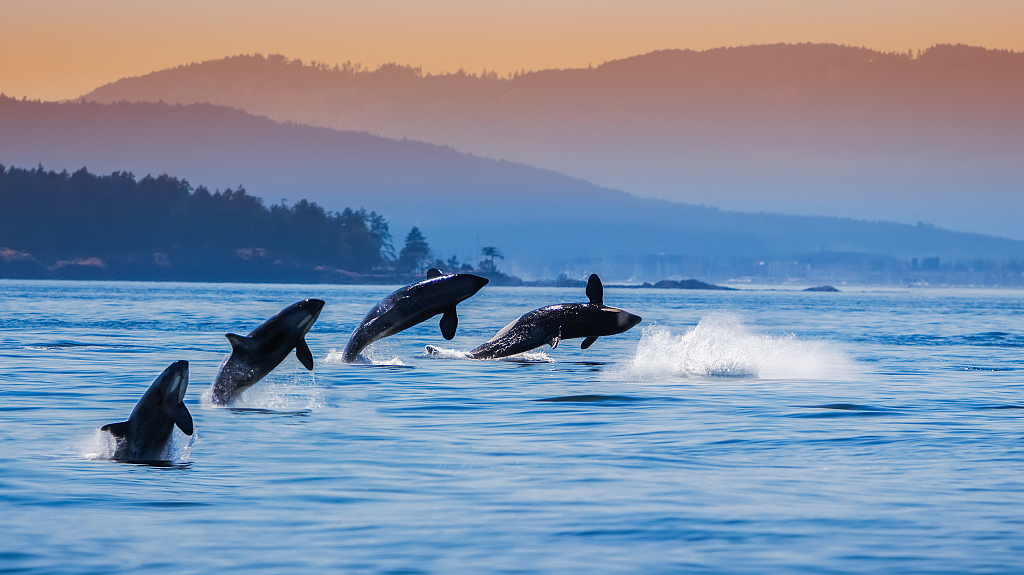
Killer whales live with family members in the wild. /VCG Photo
Killer whales live with family members in the wild. /VCG Photo
As highly intelligent mammal, the orca can experience complex feelings in captivity. It also has complicated social relations in the wild, with family members sticking together, which is impossible in aquariums. The orca can live up to 50-80 years in the wild, but captured individuals only live into their 20s on average.
(Cover image via VCG)
(If you want to contribute and have specific expertise, please contact us at nature@cgtn.com.)